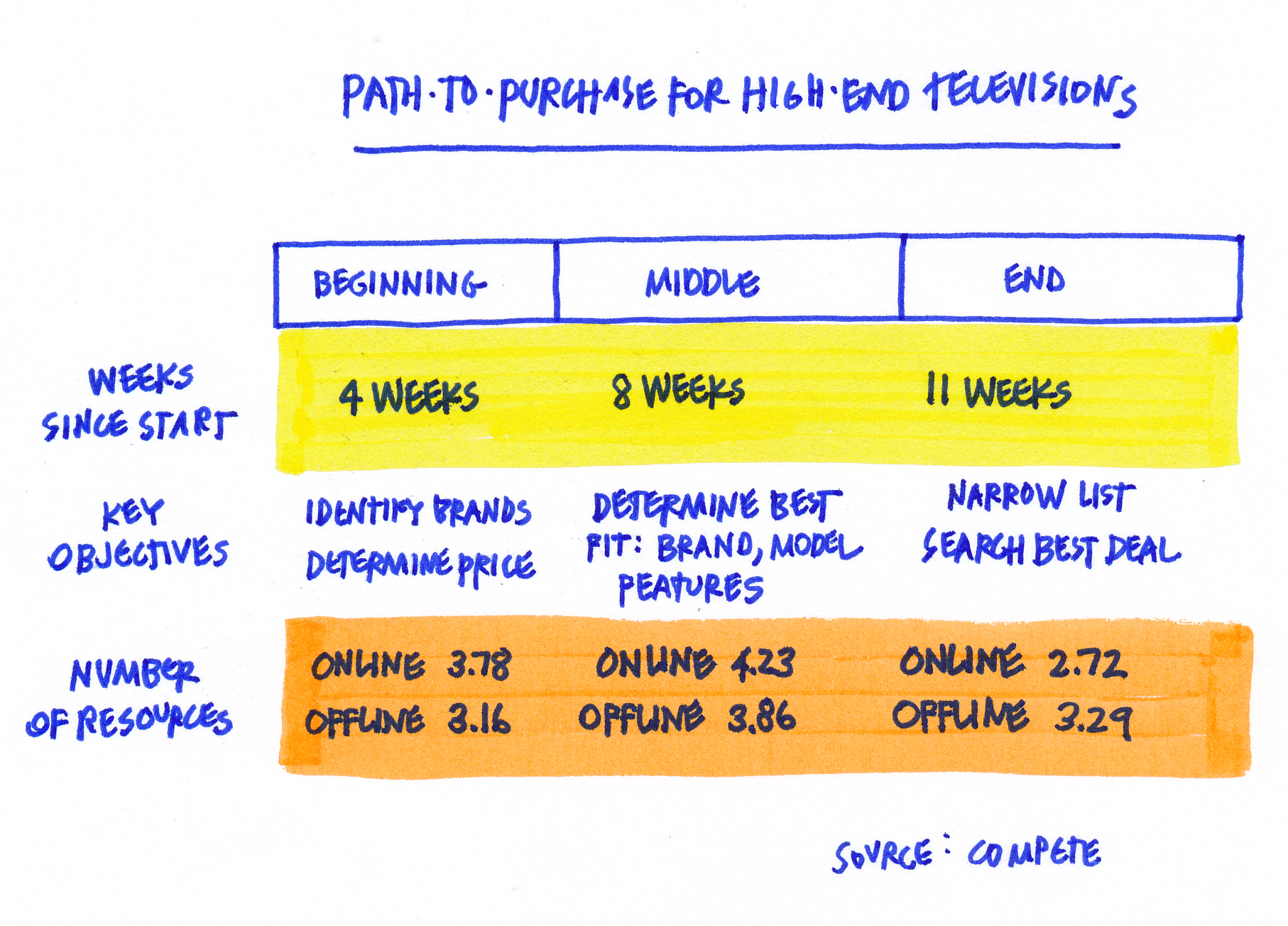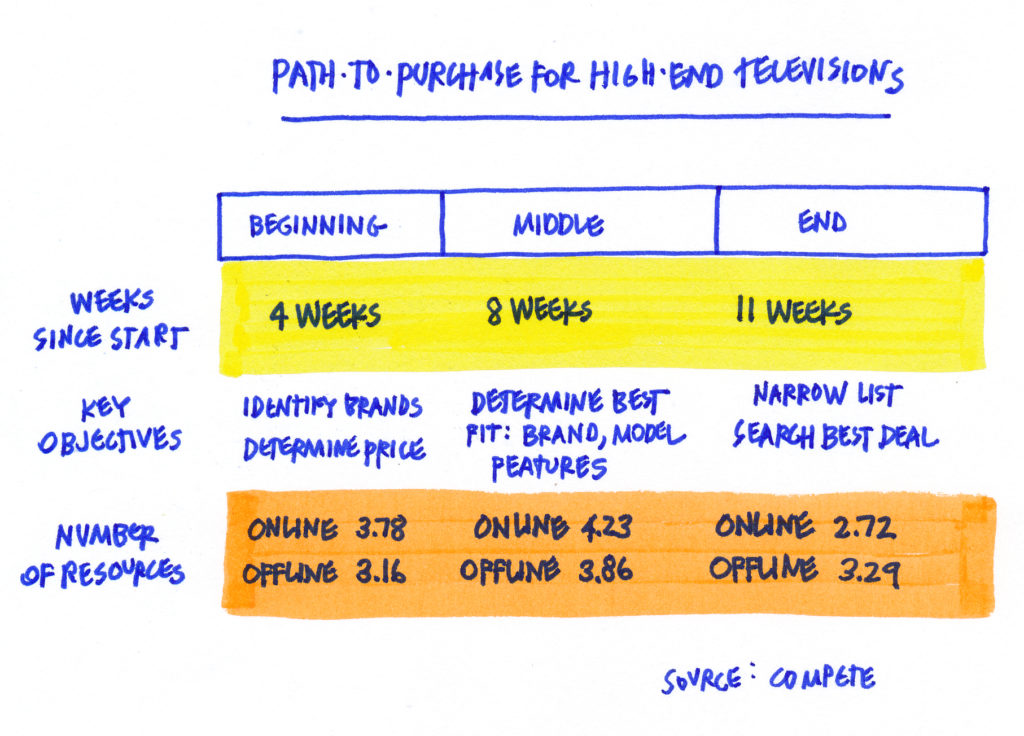It’s critical to pay attention to your evolving purchase process.
What sets high-end home brands apart from consumer packaged goods and other low-cost home-related items are, of course, price and purchase cycle. When a consumer is considering renovating a kitchen with $150,000 in new appliances, cabinetry, flooring and countertops, she is going to be downright methodical in her purchasing behavior.
Marketers of high-end home brands understand this journey – and have historically created marketing programs using a traditional path to purchase model, which more or less follows a pattern of awareness, interest, desire and action.

Today, this path is more complex than it’s ever been. As consumer attitudes evolve, along with media options, a linear sequence of “AIDA” is no longer valid. Nor is a universal “one-size-fits-all” approach to mapping the path to purchase. That’s why marketers of high-end home brands need to invest time, energy and dollars into better understanding their engagement activity throughout each stage of the purchase process.
The digital intelligence company, Compete, makes a compelling case for why marketers should pay attention to their evolving purchase processes:
For consumers, there are unlimited opportunities to get distracted throughout the shopping process. Consumers can get to the brink of a purchase and then regress back to researching and browsing—because it’s easy to do. Whether on their desktop, tablet or smartphone, shoppers are just one click away from embarking on a ride far away from their original intent.
At a conference hosted by the Center for Measurable Marketing, Compete’s Yaakov Kimelfeld gave an example of how the timing, location and intensity of consumer behavior for high-end flat panel televisions indicate levels of involvement within the path to purchase and opportunities for marketers to engage. As you can see from the chart above, consumers rely more heavily on digital resources in the beginning and middle stages of their path to purchase, while shifting their attention to more offline resources in the end stage.
How valuable would it be for you to know this data for your brand? Would it be helpful to know how consumers arrive at their purchase decision? Could you build a strategy to better shape your marketing efforts?
Click to download a copy of Compete’s eBook, “Navigating the New Path to Purchase.“


